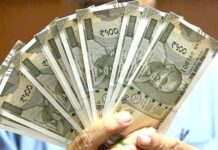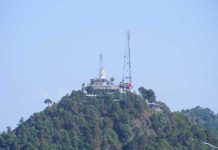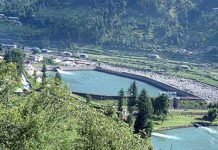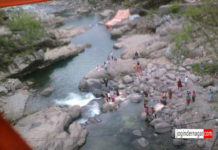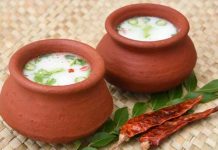Kullu Dussehra is the Dussehra festival. It is celebrated in the Dhalpur maidan in the Kullu valley. Dussehra at Kullu commences on the tenth day of the rising moon, i.e. on ‘Vijay Dashmi’ day itself and continues for seven days. Its history dates back to the 17th century when local King Jagat Singh installed an idol of Raghunath on his throne as a mark of penance. After this, god Raghunath was declared as the ruling deity of the Valley. The State government has accorded the status of International festival to the Kullu Dussehra, which attracts tourists in large numbers.
History
In the 16th Century, Raja Jagat Singh ruled over the large-handed and beautiful kingdom of Kullu. As the ruler, the Raja came to know of a peasant by the name of Durgadatta who apparently dependent many beautiful pearls. The Raja thought he should have these treasured pearls, even though the only pearls Durgadatta had were pearls of Knowledge. But the Raja in his greed ordered Durgadatta to hand over his pearls or be hanged. Knowing of his inalienable fate at the hands of the king, Durgadatta threw himself on the fire and cursed the king, “Whenever you eat, your rice will appear as worms, and water will appear as blood”. Doomed by his fate, the Raja sought mollification and searched out advice from a Brahmin.
The Holy man told him that in order to uproot the curse, he must protect the idol of Ragunath from Raam’s kingdom. Desperate, the king sent a Brahmin to Ayodya. One fine day the Brahmin stole the idol and set out on his journey back to Kullu. The people of Ayodya, finding their beloved Ragunath missing, set out in search of the Kullu Brahmin. On the banks of the Saryu river, they approached the Brahmin and asked him why he had taken Ragunath ji. The Brahmin recounted the story of the Kullu king.
The people of Ayodya attempted to lift Ragunath, but their idol became incredibly heavy when headed back towards Ayodya, and became very light when headed to Kullu. On reaching Kullu Ragunath was installed as the reigning god of the Kullu kingdom. After installing the idol of Ragunath, Raja Jagat Singh drank the Charan-Amrit of the idol and the curse was lifted. Jagat Singh became Lord Ragunath’s regent. This legend is connected with the Dussehra at Kullu. This idol is taken in a Ratha to the Dussehra.
The idol of Raghunathji is saddled around Hadimba and placed in a Rath (chariot) adorned beautifully. Then they wait for the signal from Mata Bhekhli, which is given from top of the hill. The Rath is pulled with the help of ropes from its original place to another spot where it stays for the next six days. More than one hundred gods and goddesses mounted on colourful palanquins participate in this procession. It gives impression as if the doors of heaven have been opened and the gods have come down to the earth to rejoice.
On the sixth day of the festival, the assembly of Gods takes place, which is called ‘Mohalla’. It is an impressive and a rare sight to see the multihued palanquins of Gods around the camp of Raghunathji. On the last day, the Rath is again pulled to the banks of river Beas where a pile of thorn bushes is set on fire to depict the burning of Lanka and the Rath is brought back to its original place. Raghunathji is taken back to the temple in Raghunathpur. Thus, world famous Dusshera comes to an end in a dignified way, full of festivities and grandeur.
The Dhalpur grounds are full of vendors during Dusshera, who come from different parts of the country to sell their goods. Various government organizations and private agencies also set up various exhibitions concerning their line of work. At night, thousands of people witness the International Cultural Festival in Kala Kendra (an open-air theatre).









